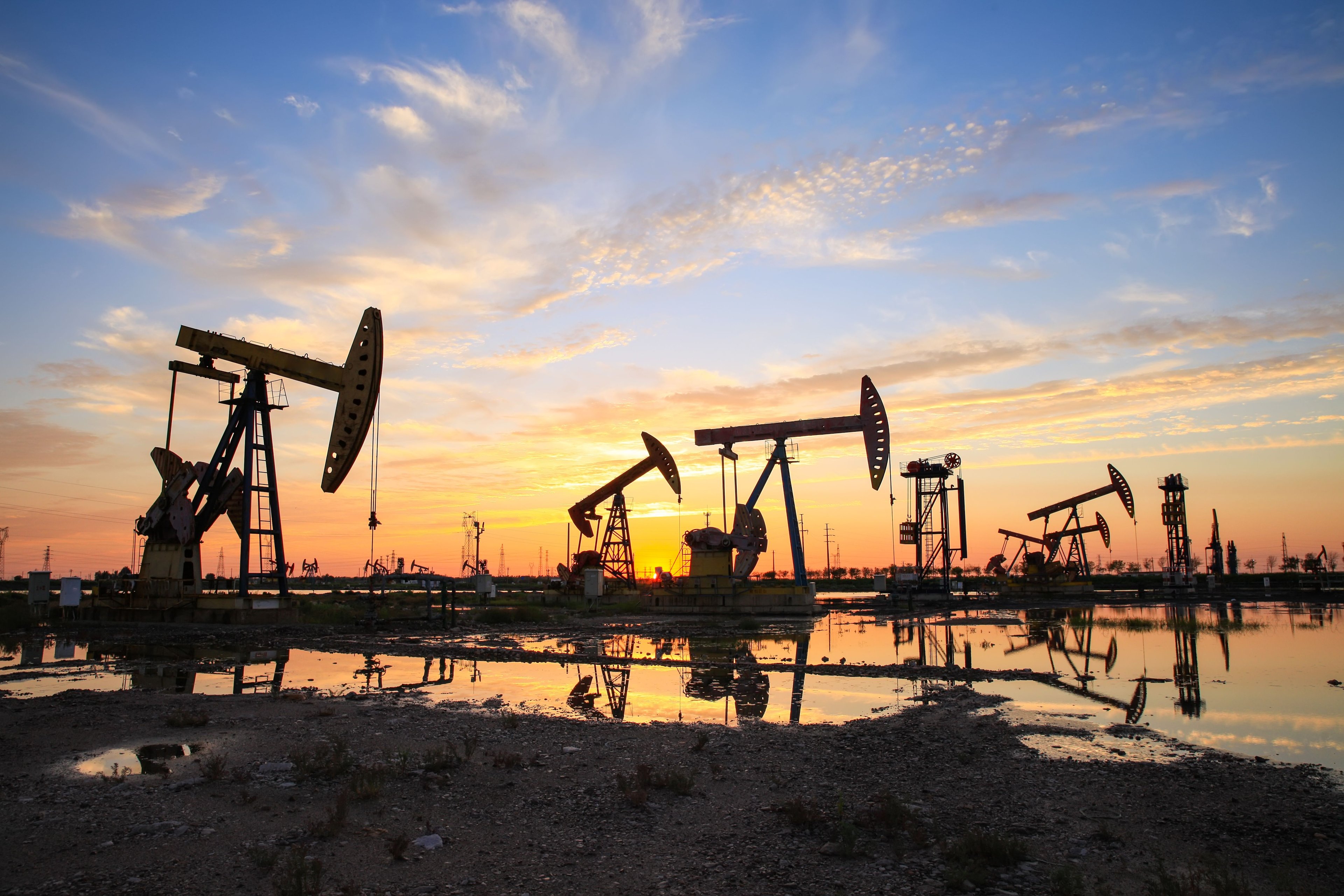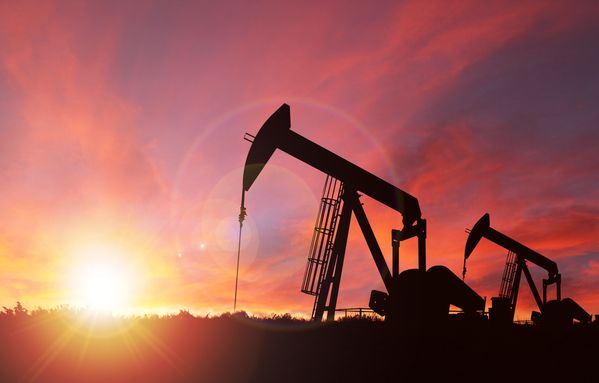For the fourth quarter in a row, Helmerich & Payne (HP 0.26%) grew revenue significantly as its fleet of rigs gets put back to work. But once again, those revenue gains didn't translate to a positive net income result. This has been a pattern for a while now, and it has undoubtedly raised questions about whether the market leader in land drilling rigs can adapt to the new dynamics in the North American drilling market. Like the prior quarters, though, there are signs that investors should remain encouraged by these results.
Here's a look at why Helmerich & Payne's income statement remains mired in the red, and what management thinks will happen that will lead to better results down the road.

Image source: Getty Images.
By the numbers
| Metric | Q4 2017 | Q3 2017 | Q4 2016 |
|---|---|---|---|
| Revenue | $532.3 million | $498.5 million | $238.3 million |
| Operating income | ($29.6 million) | ($28.0 million) | ($93 million) |
| Earnings per share | ($0.21) | ($0.21) | ($0.68) |
| Free cash flow | $24.1 million | ($35.3 million) | $100 million |
Data source: Helmerich & Payne earnings release.
Helmerich & Payne's results have been frustrating for anyone bullish on this stock. Based on the moves management has made and some of the underlying operating results, you couldn't be blamed for thinking that this quarter would have ended much better. Even though revenue did pick up 6.8%, the company's bottom line remains stubbornly in the red.
A lot of Helmerich & Payne's bottom-line troubles aren't because business is terrible right now. On the contrary, the company's highest-specification rigs have been taking market share in a rather flat oil price and rig count environment. Gaining market share, though, means the company has to spend extra money to either activate or upgrade rigs with new equipment. In 2017, the company reactivated 102 of its rigs and 91 of them were upgraded to what management calls super-spec rigs -- stronger pumps and walking capability -- to meet customer demand. As long as those rigs continue to work and don't go idle for long stretches of time, these costs should be one-time and margins per rig should increase in the coming year.
In fact, some of the underlying operating numbers suggest this is already happening. Management noted that per-day rig costs shrank slightly in the quarter from decreased one-time reactivation costs, and as a result, rig margins expanded.
What management had to say
In CEO John Lindsay's press release statement, he outlined some of the underlying trends he and his team are seeing in the market today and what that could mean for Helmerich & Payne in the coming quarters:
Looking forward, the increases in oil prices during the past few weeks could provide opportunities for rig count growth and higher dayrates, improving our key financial metrics. H&P continues to be uniquely positioned to grow its active rig count without building new rigs whether that be under improved commodity pricing or the range-bound pricing we experienced most of this past year. The industry's super-spec fleet in the U.S. has approximately 400 rigs today and the fleet appears close to being fully utilized. With nearly full utilization and bolstered by continued demand by E&Ps for rigs capable of effectively drilling more complex horizontal wells with longer laterals, we believe the rig replacement cycle continues.
Unlike our peers, H&P has the capability to upgrade over 100 more existing FlexRigs to super-spec capacity, about a third of which are already active. Clearly, demand will drive those decisions and we are optimistic that customers will be willing to sponsor the investment to upgrade rigs to super-spec capacity through higher dayrates and term contracts. In addition to having the right rig assets, we have the people, systems and technology to support our value proposition to the customer.
These trends bode well for the company. First, a fully utilized fleet means that rig owners will start to have a little more pricing power compared to prior quarters, and the fact that Helmerich & Payne has rigs that are able to upgrade to super-spec status means it can dictate the pricing terms and better justify investing in those equipment upgrades.
What a Fool believes
I sympathize with investors who might be frustrated with Helmerich & Payne's most recent results. Other various oil services companies have benefited immensely from the surge in North American drilling activity, but similar benefits have not materialized for rig companies.
That said, a lot of the slack in this market is gone as a higher percentage of shale drilling capable rigs get utilized, and that should play well into Helmerich & Payne's business this coming year. It's also encouraging that the company has managed to keep a net cash position -- more cash than debt outstanding -- throughout this downturn. With shares trading at a price to tangible book value well below its historical averages and an attractive dividend yield of 5%, Helmreich & Payne's stock could be poised for an excellent recovery in 2018.





